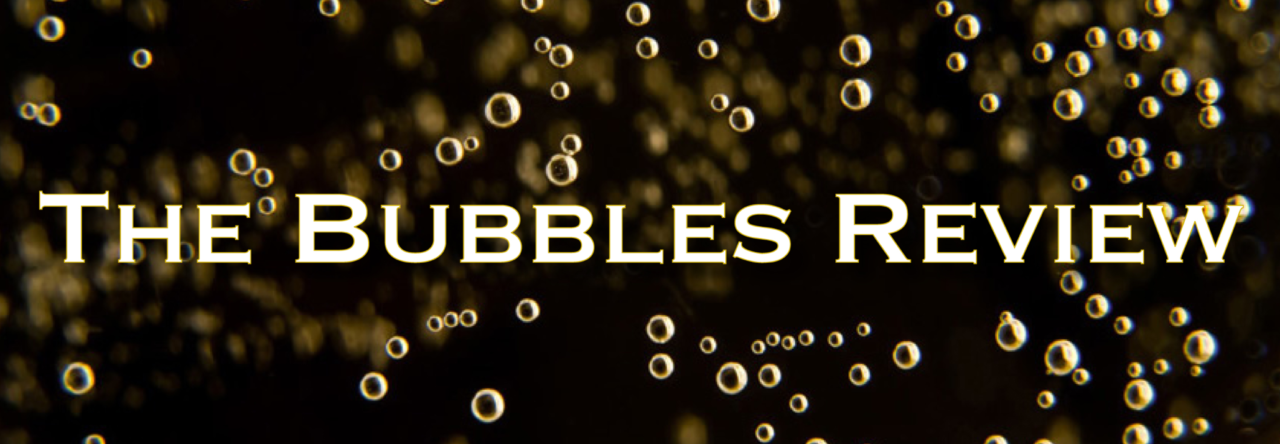
If you come from a land downunder, it is very likely that you often hear this pronounced ‘Mo aye’. Add to that a little Aussie nasal twang, and you could become mistaken and think that the speaker is referring to a town in regional Victoria (Moe), rather than one of our favourite French Champagnes.
When I first started travelling, I packed my things into my little red car and moved from Melbourne to the Gold Coast. It was the late 80s, and Australia was just discovering international inbound tourism and the Gold Coast was being swamped by bus loads of Japanese visitors. New 5 star hotels were opening, first the Sheraton Mirage and then the Hyatt Regency Sanctuary Cove as part of the multi million dollar Sanctuary Cove development. It was an exciting time! I joined the Hyatt as part of the opening team, and to this day I would say it was one of the best training programs that I have been through and was a great start for my transition from a career in banking into a career in tourism.
I learnt so much about food and wine, which included how to pronounce Moët. Our wine expert explained that because the ‘t’ in Moët is followed by a vowel, in the full name Moët et Chandon, in French this meant that it is a hard T. Having studied French in high school, this also made sense to me, and this started my mission to explain to people how to pronounce Moët whenever I had the opportunity. I’m not meaning to cause anyone embarrassment, but I feel it is necessary to let people know. It’s like when you have something stuck between your teeth, lipstick on your teeth, your dress tucked into your tights, or your tag hanging out of the back of your shirt. I always feel like you would rather know, so that you can fix it rather than continue to go about your business causing ongoing potential embarrassment. So yes, the pronunciation of Moët, for me, falls into the same category – I feel like I need to let you know.
So ingrained is the mispronunciation that I see people look at me when I do pronounce it ‘Mowett’ with a hard ‘t’. The look they give, the sympathy look, ‘Oh the poor thing, she doesn’t know how to pronounce it, it’s French you know’. These exchanges also add fire to my mission of getting the world of social champagne etiquette back on track, and lose any of the Aussie cultural cringe that I feel this ongoing mispronunciation might cause.
After years of explaining the reason for the hard ‘t’ was that it was followed by a vowel (which also meant that I tended towards saying the whole name Moët et Chandon just to be clear, and avoid that sympathy look), I was fortunate to be working as a tour guide in Europe, and on this particular itinerary a trip to Epernay, in the Champagne region of France was included, and so was a guided tour at Moët et Chandon. I asked the guide the question about pronunciation, including the theory I had learnt about the consonant followed by a vowel. He very politely responded that yes, it was a hard ‘t’, but there was another reason for this. Moët is actually a Dutch name, he said, ‘See the umlaut over the ‘ë’?’ Yes I did, and no that hadn’t occurred to me, but it did make sense as an umlaut is not used in French. So there you have it. I went to the winery itself to get the correct pronunciation – it is a hard T.
Moët is of course a French champagne, and was founded in 1743 by Claude Moët. He was descended from a family of winemakers established in the Champagne region since the fourteenth century. At the time it was founded as Moët et Cie (Moët & Co.), the word Chandon was added in 1832 after Pierre-Gabriel Chandon’s daughter married into the Moët family.
So say it loud, say it proud – Moët is pronounced ‘Mowett’. Help me share the word and share this story with your friends to help save any future embarrassment!
Side note: Since publishing this blog, many have commented that the accent ë is used in some French words and it is called a tréma. Eg. Noël. Thanks to all of those who have commented. The reason for the hard t, remains, that it is a Dutch name, therefore an umlaut, which is how it was explained to me on my tour.
 Natalie Pickett is the Founder of The Bubbles Review which is for people who like champagne and other bubbles, written by people who have a love of all things sparkling! At The Bubbles Review, we like to debunk some myths, make the art of drinking champagne accessible, explore bubbly regions and champagne bars, and provide events for you to join us and indulge.
Natalie Pickett is the Founder of The Bubbles Review which is for people who like champagne and other bubbles, written by people who have a love of all things sparkling! At The Bubbles Review, we like to debunk some myths, make the art of drinking champagne accessible, explore bubbly regions and champagne bars, and provide events for you to join us and indulge.
If you have a love of champagne, join our list to stay informed and receive exclusive offers. By being a subscriber you will also be included in our monthly draw with a chance to win. The giveaway is usually a lovely bottle of champagne or sparkling. Join our list!
